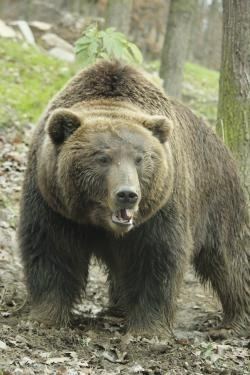Family Ursidae Scientific name Ursus arctos beringianus Rank Subspecies | Phylum Chordata Suborder Caniformia Genus Ursus Higher classification Brown bear | |
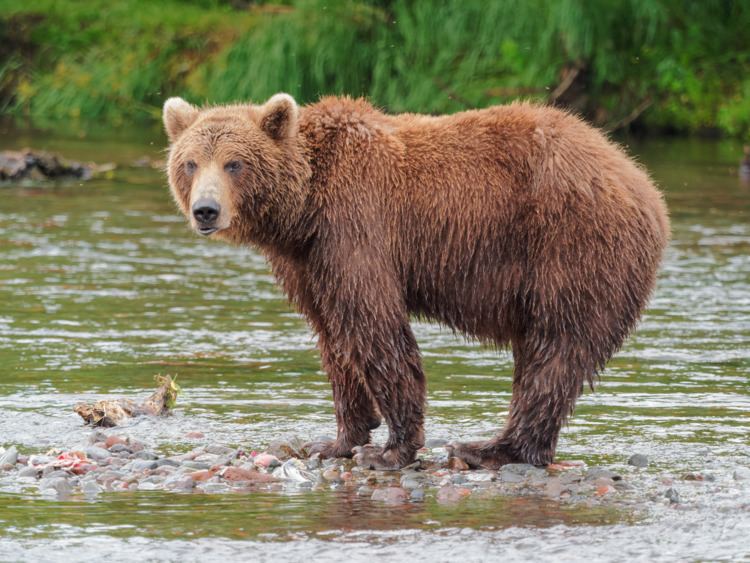 | ||
Similar Brown bear, Bear, Bears, Eurasian brown bear, East Siberian brown bear | ||
The Kamchatka brown bear (Ursus arctos beringianus), also known as the Far Eastern brown bear, is a subspecies of brown bear native to the Anadyrsky District, the Kamchatka Peninsula, Karaginskiy Island, the Kuril Islands, the coastal strip west of the Sea of Okhotsk southward to the Stanovoy Range and the Shantar Islands. Outside the former Soviet Union, the subspecies occurs in Saint Lawrence Island in the Bering sea. It is closely related to one clade of brown bears in Alaska and northwest North America, and is thought to be the ancestor of the Kodiak bear.
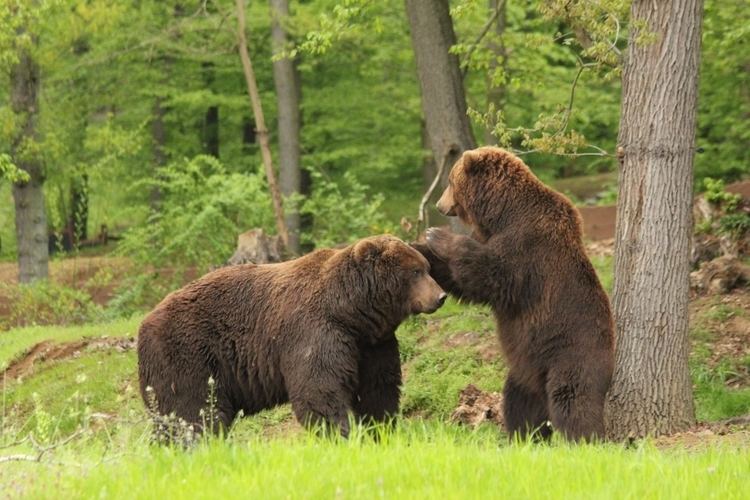
It is a very large bear, the largest in Eurasia, with a body length of 2.4 metres, to 3 metres tall on hind legs and a weight up to 650 kg (1433 lbs). It is nearly the size of the Kodiak bear; however, the skull is broader than that of the Ussuri brown bear, and compared to that of the Kodiak bear, the breadth of the skull is much greater in proportion to its length, the anterior narial opening is much shorter, and the molars differ in relative size and form. The greatest skull length for males is 40.3–43.6 cm and 25.8–27.7 cm wide, while the skulls of females measure 37.2–38.6 cm in length and 21.6–24.2 cm in width. Fur colour is predominantly dark brown with a violet tint. Light coloured individuals are rarely encountered.

In the summer period they feed on blueberries, crowberries, humpback salmon, and steelhead. In autumn, they eat nuts from nut-pines and mountain ash, and fish. In times of famine they eat dead fish or marine mammals, berries, and graminoid vegetation.
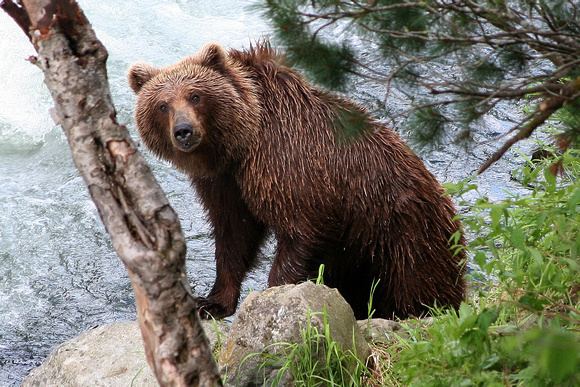
Kamchatka brown bears are generally not dangerous to humans, and only 1% of encounters result in attack. The first Europeans who went to Kamchatka in the 19th century, although surprised by the number and size of bears there, observed that they were relatively harmless compared to their Siberian counterparts. However, in July 2008, a platinum mining compound in the Olyutorsky District of Kamchatka Krai was besieged by a group of 30 bears who killed two guards and prevented workers from leaving their homes.
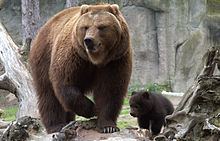
Kamchatka brown bears are among the most prized trophies for the Russian hunting industry. In 2005 the Kamchatka Department of Wildlife Management issued 500 hunting permits. Clients paid up to $10,000 to hunt bears. Thus, the economic impacts from recreational hunting of Kamchatka brown bears are significant.

